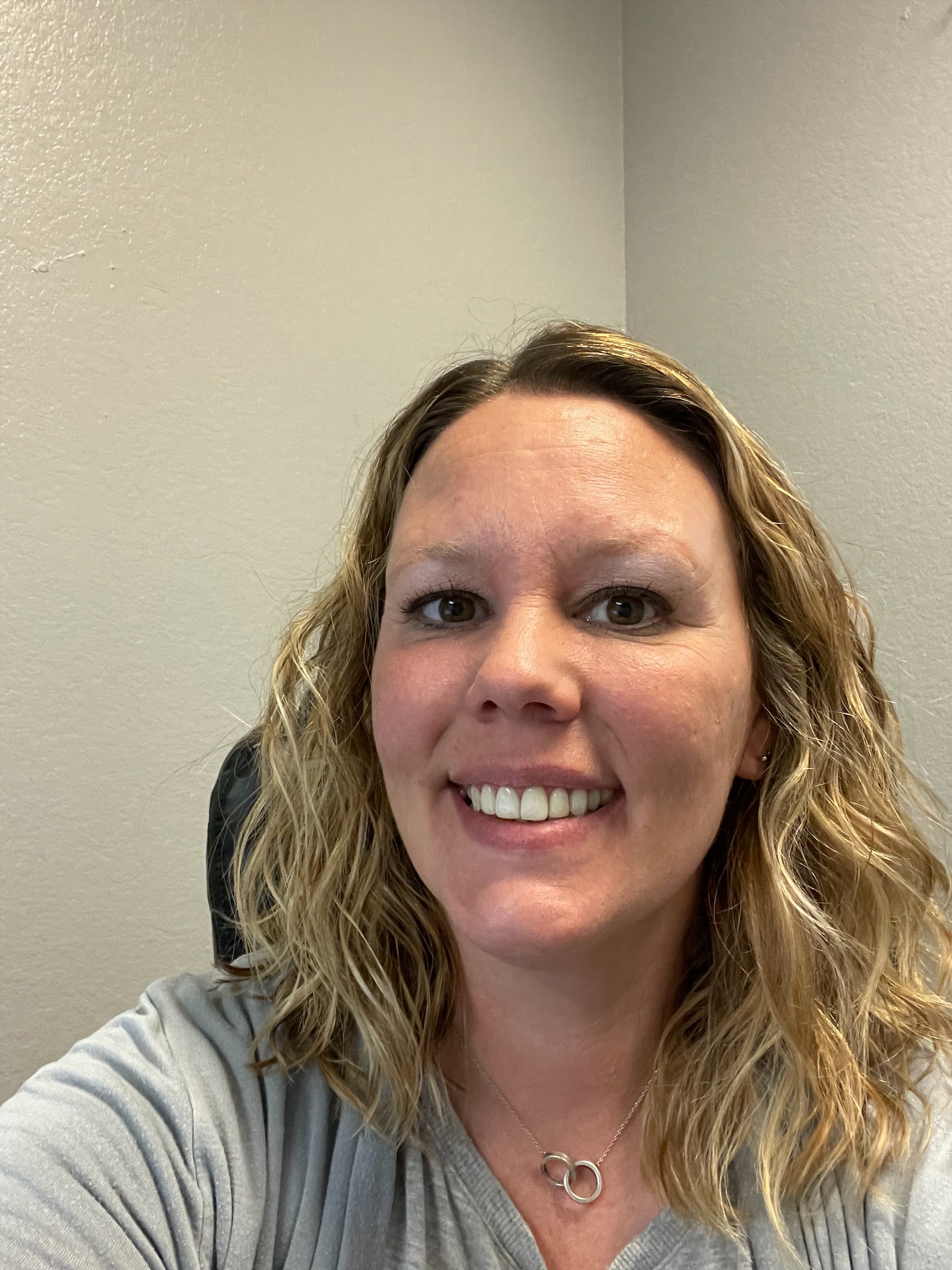DANGER SCALE
Xylazine
Xylazine is a non-opioid sedative and muscle relaxant, commonly used as a large animal anesthetic, and is now being found in the illicit drug market. It is commonly added to opioids because it increases the effects. It is related to Clonidine, an alpha-2 agonist, causing a decrease in heart rate, blood pressure, and sedating effects.
What is it?
Xylazine is a non-opioid sedative and muscle relaxant, commonly used as a large animal anesthetic, and is now being found in the illicit drug market. It is commonly added to opioids (such as heroin and fentanyl) because it increases the effects, and this is called Tranq Dope.
Other Names:
Tranq, Tranq Dope
Where do people get it?
The most common way people are getting it is through the illicit drug market, it surged initially in Puerto Rico and in the Philadelphia area but it is expanding across the country.
How it is dangerous?
Between 2010 and 2015, xylazine was found in 40 (2%) of 1,854 unintentional overdose deaths for heroin and fentanyl. These statistics increased, in 2019 the percentage rose to 31%. Combining Xylazine and opioids (such as fentanyl) increases the risk of overdose fatality. There is more evidence that mixing fentanyl and Xylazine created a sedated effect, some users are saying the combination knocked them out for 6-8 hours, a “profound sensation”.
In addition, Xylazine is linked to severe wounds, leading to amputations. Since Xylazine slows the blood flow in the body, it takes longer for wounds and other medical complications to heal, which can result in severe wounds, amputations, sepsis, and more.
While Narcan is not effective against xylazine by itself, it can still reverse the effects of the opioid that Xylazine is mixed with (Fentanyl or Heroin). Even with suspected Tranq Dope, it’s critical that Narcan is still given. With Narcan, the respiratory drive can kick back in, but they will not wake up. If they do not start breathing, another dose of Narcan should be given. It is imperative that if Narcan is given and the person starts breathing, that their airway is held open or that they are put in the recovery position until EMS arrives to protect their airway.

 Sara Kaylor, LCDC, LPC
Sara Kaylor, LCDC, LPC 